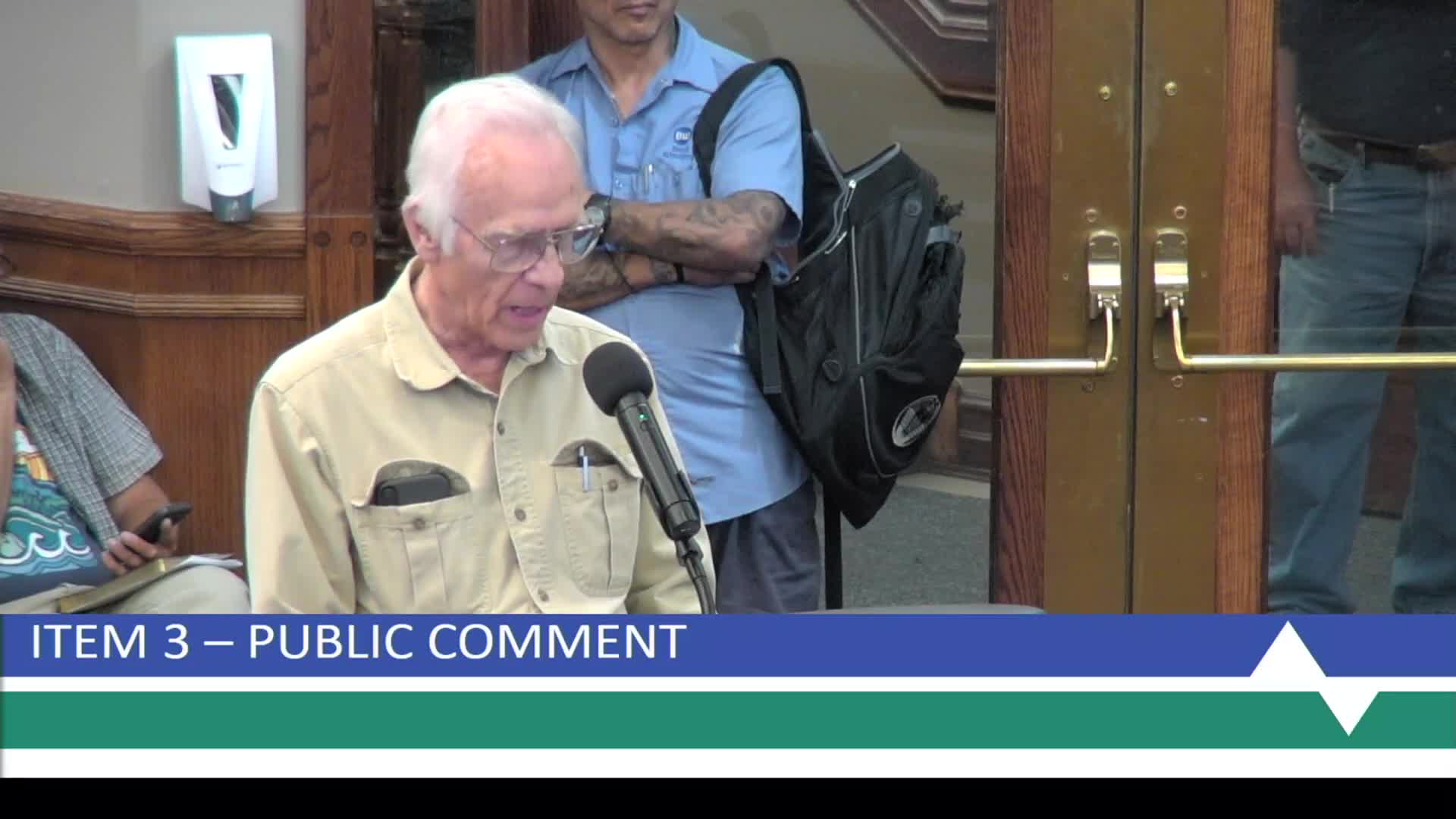City Council Faces Backlash Over Trail Planning Near Hawk Nests
July 02, 2024 | Loveland City, Larimer County, Colorado

This article was created by AI summarizing key points discussed. AI makes mistakes, so for full details and context, please refer to the video of the full meeting. Please report any errors so we can fix them. Report an error »

During a recent city council meeting, representatives from the Foothills Audubon Club and Fort Collins Audubon Society raised significant concerns regarding the management of local natural areas, particularly the impact of trail placements on hawk nesting sites.
The Foothills Audubon Club, represented by a member who previously served on the advisory committee for the Big Thompson Trail, criticized the current planning practices of the open lands and trails subdepartment. They highlighted a troubling trend where trails are positioned too close to hawk nests, leading to disturbances that cause abandonment of these nests. The club specifically pointed to past incidents where red-tailed and Swainson's hawk nests were negatively affected by trail construction, emphasizing that the practice of placing traffic cones in nests to protect them is inadequate and should be discontinued.
The club proposed alternative trail placements that would minimize disruption to wildlife, suggesting that trails could be rerouted to avoid critical nesting areas while still providing public access to natural spaces. They urged the city council to consider their recommendations and to prioritize wildlife protection in future planning efforts.
Susan Puder, representing the Fort Collins Audubon Society, echoed these concerns, emphasizing the broader implications of such practices on bird populations. She noted that the disturbance of nesting sites could violate the Migratory Bird Treaty Act and contribute to the alarming decline in bird populations across North America. Puder called for a reevaluation of current practices, arguing that the assumption that birds can simply relocate their nests is shortsighted and detrimental to wildlife conservation.
Both organizations expressed their willingness to collaborate with city officials to ensure that natural areas remain conducive to both public enjoyment and wildlife preservation. The discussions highlighted a growing concern among local conservationists about the balance between recreational access and ecological integrity in the management of natural spaces.
The Foothills Audubon Club, represented by a member who previously served on the advisory committee for the Big Thompson Trail, criticized the current planning practices of the open lands and trails subdepartment. They highlighted a troubling trend where trails are positioned too close to hawk nests, leading to disturbances that cause abandonment of these nests. The club specifically pointed to past incidents where red-tailed and Swainson's hawk nests were negatively affected by trail construction, emphasizing that the practice of placing traffic cones in nests to protect them is inadequate and should be discontinued.
The club proposed alternative trail placements that would minimize disruption to wildlife, suggesting that trails could be rerouted to avoid critical nesting areas while still providing public access to natural spaces. They urged the city council to consider their recommendations and to prioritize wildlife protection in future planning efforts.
Susan Puder, representing the Fort Collins Audubon Society, echoed these concerns, emphasizing the broader implications of such practices on bird populations. She noted that the disturbance of nesting sites could violate the Migratory Bird Treaty Act and contribute to the alarming decline in bird populations across North America. Puder called for a reevaluation of current practices, arguing that the assumption that birds can simply relocate their nests is shortsighted and detrimental to wildlife conservation.
Both organizations expressed their willingness to collaborate with city officials to ensure that natural areas remain conducive to both public enjoyment and wildlife preservation. The discussions highlighted a growing concern among local conservationists about the balance between recreational access and ecological integrity in the management of natural spaces.
View full meeting
This article is based on a recent meeting—watch the full video and explore the complete transcript for deeper insights into the discussion.
View full meeting
